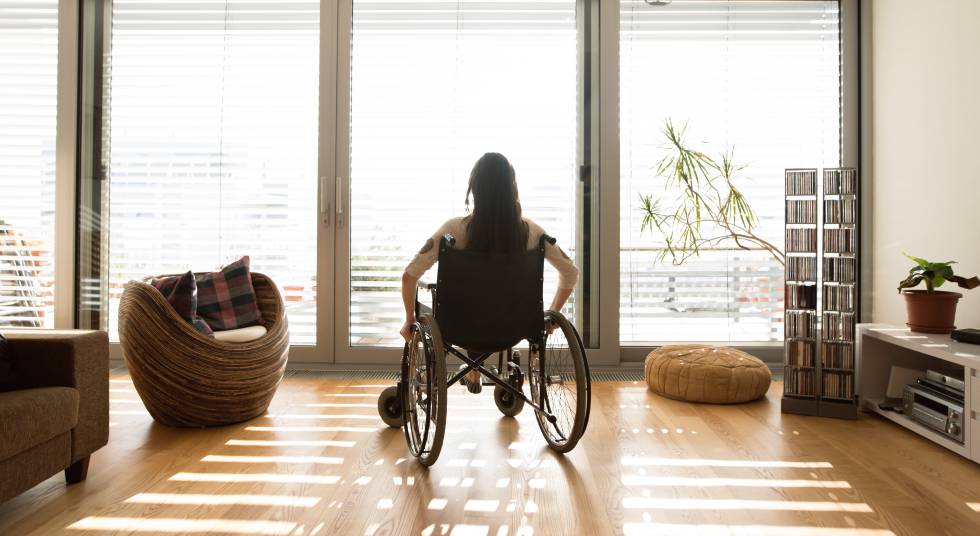-THE PROPERTY MANAGER'S BLOG-
Keys to ensure accessibility for all people in a condominium community
Keys to ensure accessibility for all people in a condominium community
Whether it is an elderly person or a neighbor with a disability, when a resident in a community has mobility problems and needs the common areas to be modified to facilitate their access, they should know that they have the support of the Horizontal Property Law. According to Article 10, all installations necessary to allow mobility are mandatory and do not require the approval of the residents’ meeting, provided that they are ordered by one of the residents or the Public Administration and provided that the amount charged for them does not exceed, on an annual basis, the value of twelve ordinary monthly payments of common expenses.
The law acts to ensure the rights of all citizens in situations where a neighbor may feel vulnerable before the community. However, as the collegiate Property Administrators defend, the adaptation to guarantee and facilitate accessibility has to be a philosophy born from the community itself, since all people are susceptible to suffer mobility problems one day when they reach old age. These are the essential elements for a community of neighbors to be fully accessible:
- Elevator: It is the main element when adapting a community and must be able to communicate all the common areas among them: main entrance, landings of the portals and the garage. If it is impossible to connect all areas with a single elevator, several elevators can be installed, or a stairlift can be included to reduce costs.
- Avoid ramps that are too steep: A classic problem faced by people with mobility problems is that access ramps are built without thought to their daily use. Avoid installing ramps that are too steep, as they can even be dangerous.
- Safety handrails:There will always be areas that are more sensitive to traffic that may require an additional safety point, such as a handrail. They should be installed not only on stairways, but also in the immediate vicinity of stairways and near windows.
- Maneuvering space:In addition to adapting the physical elements of the community, it must be taken into account that the maneuvering space for a person with reduced mobility is generally greater. The community must have spacious common areas that allow everyone to move freely.
- Adaptation of the main entrance: The dimensions and weight of the main door, as well as the difference in level with the street are two critical and indispensable elements to adapt. The residents’ association should opt for a counterweight system that makes the door lighter so that it is easier to open and adapt the step so that it becomes a gentle slope.
Neighborhood communities count on the help of their registered Property Manager to ensure that their common areas facilitate accessibility to all people, as well as to ensure the maintenance of all the facilities aimed at this objective. In addition, the Administrator also ensures compliance with the codes and measures dictated by the Ministry of Public Works and the General Council of Technical Architecture of Spain, ensuring that all decisions of the residents’ association regarding accessibility are taken in accordance with the law.


